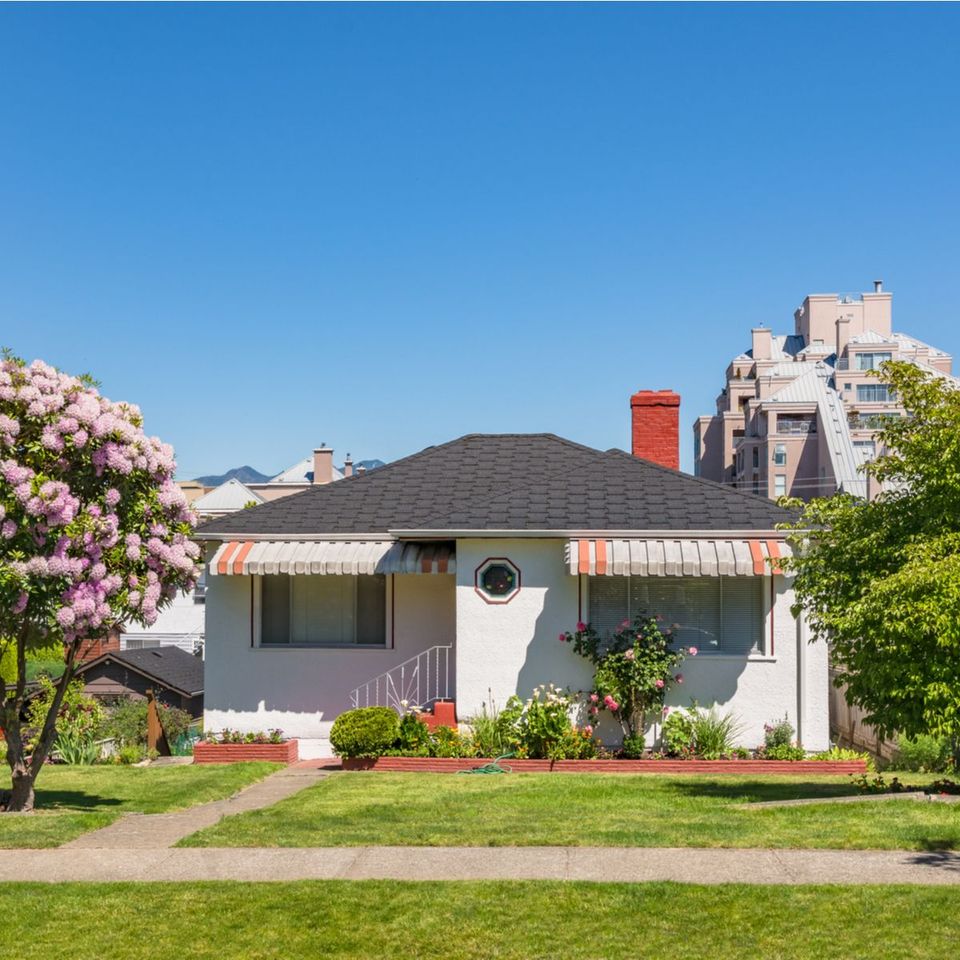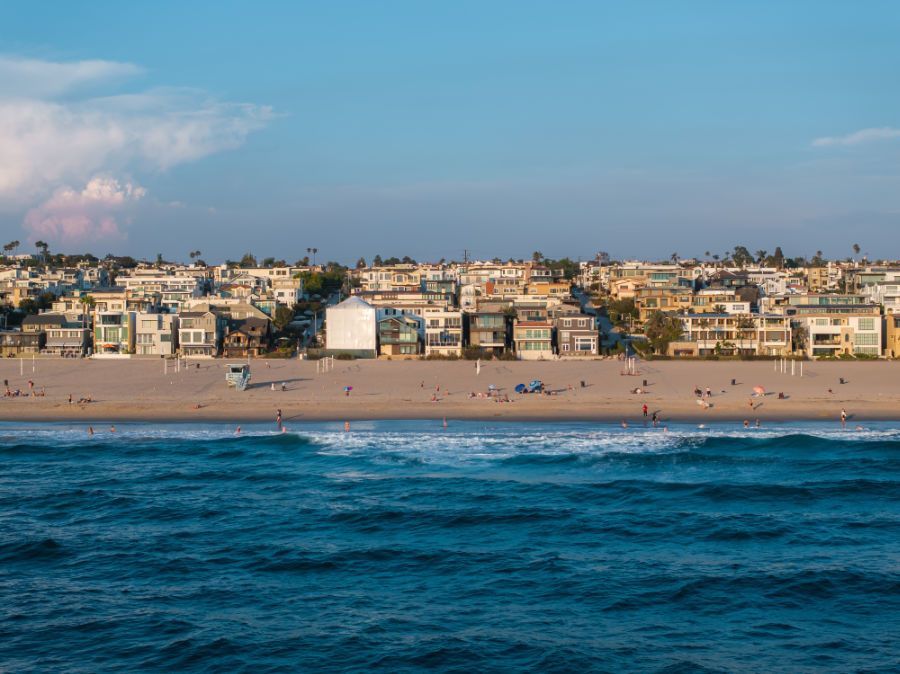4 Landscaping Tips for Your Long Beach Rental
Dustin Edwards • February 8, 2020
Help Attract Tenants and Keep Maintenance Costs Low

Landscaping isn’t generally one of the items that property owners consider when they are looking to rent but it does have an impact in attracting tenants and maintenance costs. Whether you are renting your own property or enlisting a property management company consider these four tips to help your property today.
Tip #1 Curb Appeal
Annually Better Homes & Gardens has it’s “Top Front Yards” feature and while it certainly would be a feel good to land in that issue we wouldn’t suggest that you strive for that with your rental property. To attract and maintain great tenants consider landscaping that features a select number of items to grab attention and truly add to the curb appeal of your property. Consider just a few key features if you are refreshing your landscape such as simple LED lighting to a layer of fresh bark in your planter box.
Tip #2: Keep it Simple
In Southern California we traditionally have drought conditions. While the lush landscaping of grass and vibrant plants might be what you desire consider the more robust your landscaping the more difficult and costly it will be too maintain. We aren’t suggesting that you rip out all of your existing landscaping for a yard that resembles a desert; however, consider optimizing the yard for low water usage and a select amount of plants to allow for easier upkeep over time.
Tip #3: Gardener as part of the Rental Amount
It certainly would be wonderful if every tenant that rented a property had a passion for yard work but that isn’t always the case. To keep the landscaping of your rental looking great throughout every season we invite you to consider having a gardener as part of your monthly rental amount. We have found this is a sure-fire way to keep your landscaping in great care because gardening is far more than simply mowing the lawn. A gardener can tackle items such as weeding, trimming plants, mulch, and even sprinkler repair. When we advertise homes for rent in Long Beach, and our owners agree with having a gardener, we market the property as having the utility of gardener included. Including a gardener can separate your rental from other Long Beach rentals in the market.
If you are considering having a gardener as part of your monthly rental feel free to ask us what the monthly investment would be as it can vary depending on the size and complexity of your landscaping.
Tip #4: Consider Automated Systems to Help Your Tenant and the Environment
In today’s era of smart appliances, thermostats, refrigerators there are even smart sprinkler controllers. It is not one that often jumps to the top of the list as it is a bit more entertaining to think of the Ring doorbell showing you your latest package from Amazon but there is a reason to consider a smart sprinkler controller. Smart sprinkler controllers can help you in two key areas of your rental property in Long Beach.
- Care of Your Yard - Landscaping is one of the first elements that will draw people in to your home to rent so if the grass is dead then people aren’t likely to rent because they will take the dead grass as a sign of how the home is cared for. A smart sprinkler can ensure consistent watering to keep your grass looking sharp all year round while still capitalizing on the wet weather for conservation.
- Tenant Retention - A smart sprinkler controller can help reduce water usage by as much as 50%. This is excellent for the environment and can contribute to tenant retention. Who isn’t going to want to keep their water utility bill low! After all who is going to want to move if they love their location and their utilities are lower than they anticipated.
Of course we can always help get a smart sprinkler installed with our professional gardeners or handymen available. If you want to evaluate what smart irrigation timers are available consider ones from Rachio
or Rainbird.
When we come to evaluate our owners rentals we are happy to provide tips on landscaping. We want you to live worry-free knowing your property is well taken care of from the aspect of collecting the rent to the care of your yard. Find out today how much your property could rent for and even request that we share our advice on your landscaping by filling out out our Free Rental Analysis.





